Finding the perfect sheets for a great night’s sleep basically boils down to two considerations—thread count and weave—plus a couple of other options. There’s some confusing info out there, so we’re here to give you the plain truth to make shopping a whole lot easier.
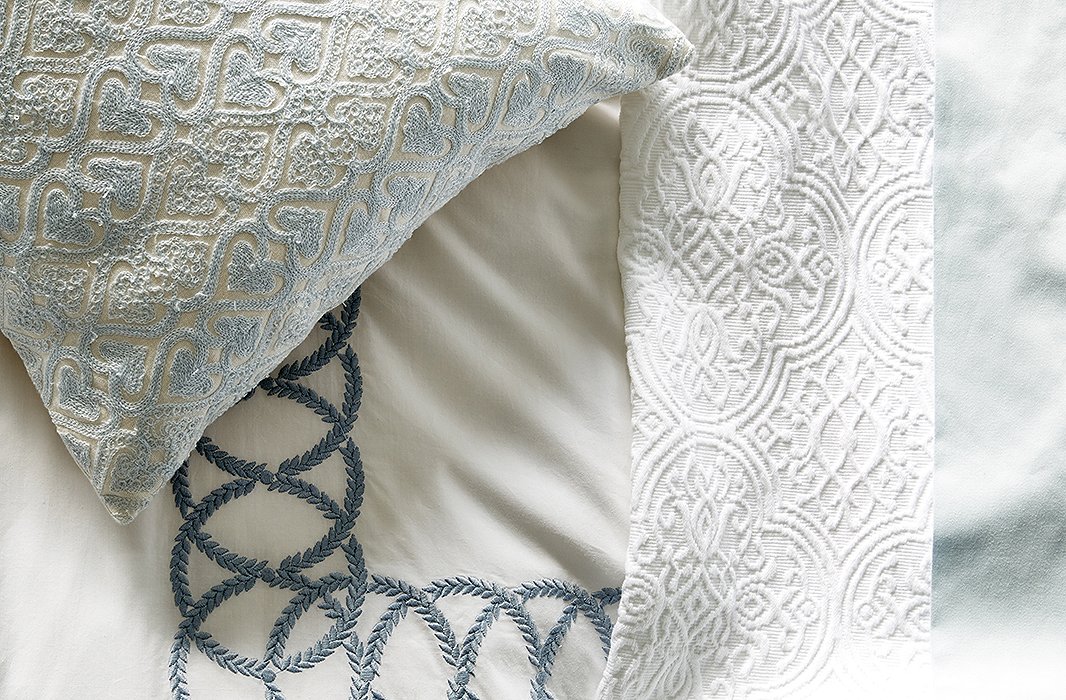
Start with Good Fibers
Cotton… is the most common sheet fiber and arguably the most comfortable year-round. Look for what’s called long-staple cotton. Its longer fibers are superior because they’re stronger and smoother than varieties with shorter fibers. Egyptian, Pima, and Supima cotton are all great choices.
If you’re looking for bedsheets that are majorly luxurious, go with linen and silk sheets. They’re more expensive than cotton and they need more care in cleaning, but you’re investing in amazing quality.
Silk… on the other hand are also incredibly durable, have a cool touch for warm weather, but also keep you warm and toasty in the winter. Just remember that you should always have your silk sheets professionally cleaned.
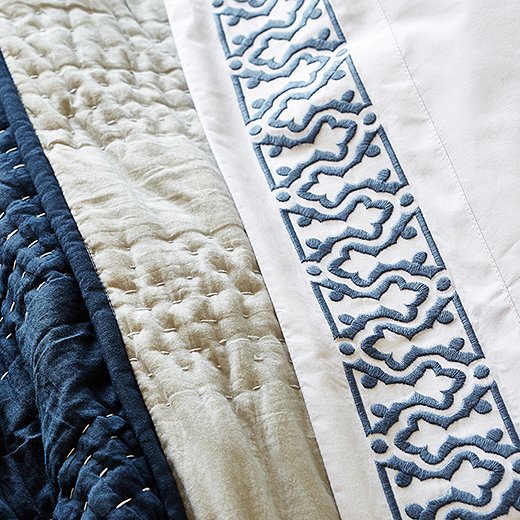
Consider Your Thread Counts
Despite what you might have heard, superhigh thread counts do not constitute better sheets.
The thread count is the number of horizontal and vertical threads (technically known as warp and weft) in a square inch of fabric. So 100 threads in each direction equals 200-thread-count sheets. Some sheet makers use thinner strands that are twisted together. So 100 threads of four-ply threads in each direction would equal 800-thread-count sheets, which seems luxurious but is not better quality.
You can find quality sheets in as low as a 200 thread count, and you definitely don’t need to spend extra money for anything above 400 or so. Keep in mind that the higher-quality your fiber, the more luxurious the touch of your bedding, even if it has a lower thread count.
Know the Weaving for Your Bedsheets
There are two basic types of weave in sheet land: percale and sateen.
Percale… is what’s known as a plain weave, meaning the threads cross over and under each other evenly, typically in a one-to-one ratio. It tends to be crisper with a matte finish, drier in feel, lightweight, and cooler overall. However, some lower-quality percale sheets might feel scratchy.
Sateen… on the other hand, is a satin weave, meaning the threads in one direction skip over those in the other direction, in a three- or four-to-one ratio. That gives the fabric more of a sheen, a smoother and silkier finish, a heavier drape, and a warmer feel. One drawback: Some lower-quality sateen sheets have a tendency to snag, resulting in pilling.
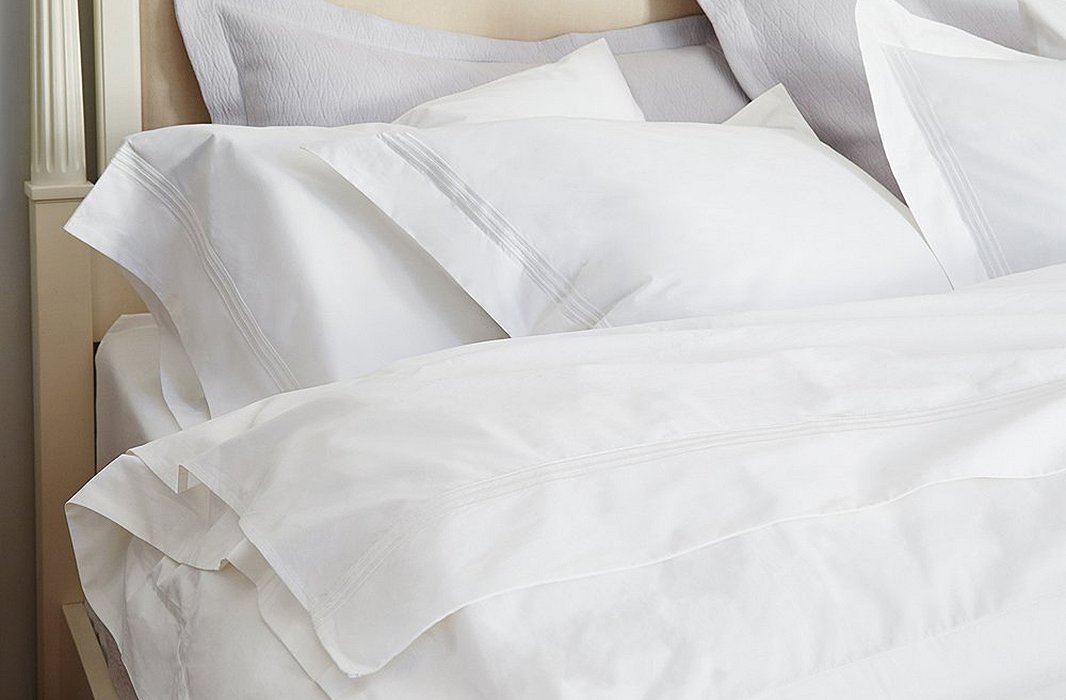
Always Check for Size
Make sure the fitted sheets you buy are deep enough to accommodate your mattress. Pillow-top and hybrid mattresses can be quite tall—15 inches or more—so check the pocket height before buying.
Sheet sets almost always come with two pillowcases. Sizes are generally standard, with regular cases measuring 20″ x 26″ or 27″ and king measuring 20″ x 36″ or 37″. Twin, full, and queen sets will typically come with regular-size cases, although there is sometimes a queen-size pillowcase that’s 20″ x 30″.
Shop all bedding →
For More About Bedding, Check Out…
What’s the Best Pillow for Your Sleep?
Which Duvet or Comforter Is Right for You?
Why Materials Make ALL the Difference in Blankets and Throws
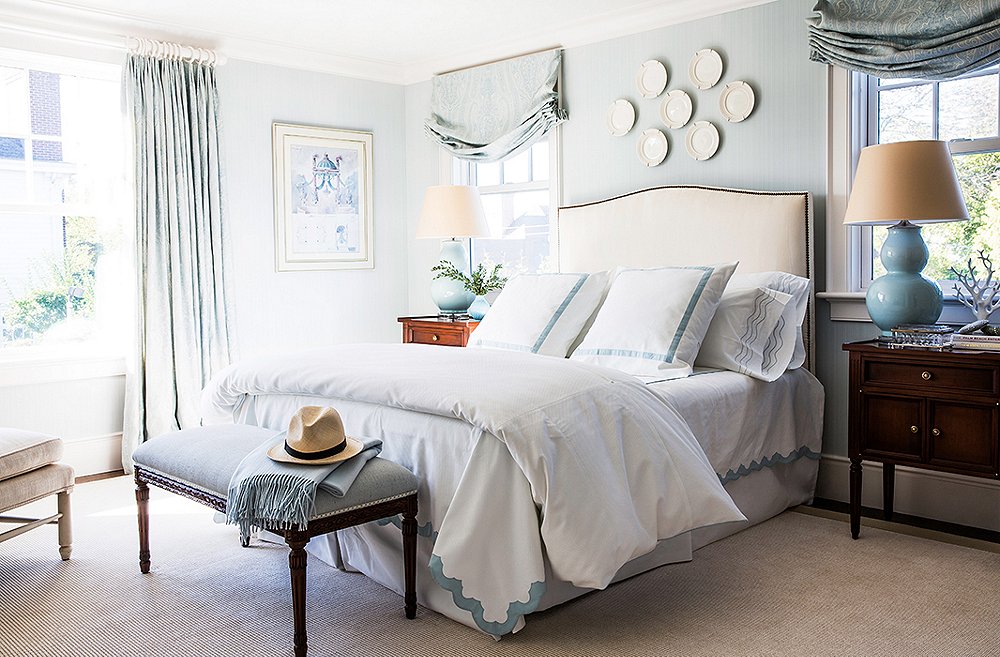
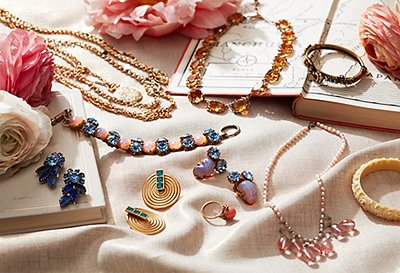
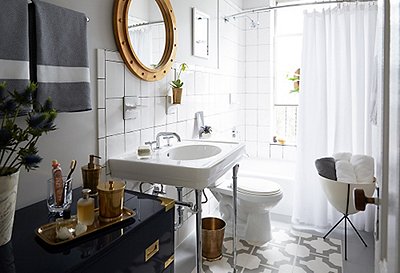

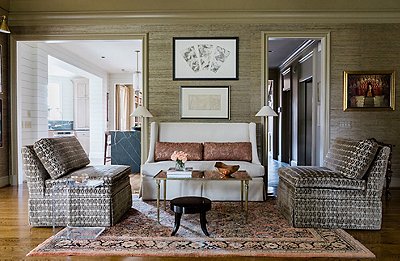
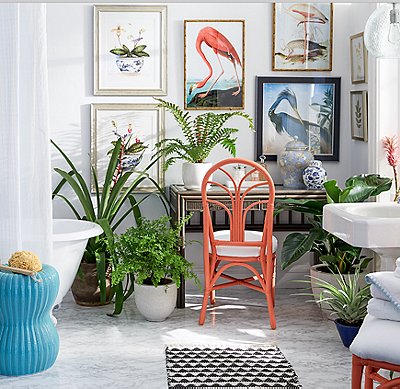
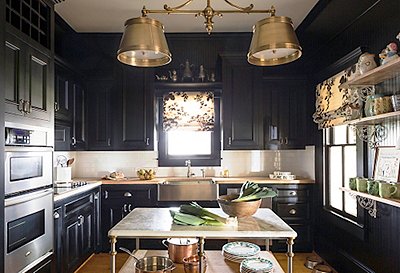
What you don’t mention is how skimpy sheets have become over the decades. Fifty years ago, there were two sizes of double/full sheets; higher quality sheets (such as Wamsutta in those days) full size sheets were the size of today’s queen sheets.
Today, with two people who are side-sleepers, in the bed, someone is going to be trying to get enough covers to cover their backside as the drop is not nearly long enough. Also, if one sleeps in a cold room with the covers up over their shoulders, the top sheet is likely to come untucked at the end. It makes for miserable sleeping.
The solution? Buy sheets in the UK in the larger English sizes! In the UK, they call a “queen” size sheet a “king” and they call what we call a “king”, a “super king”. If one buys our equivalent of a “queen”, one gets a huge sheet – 108″ x 117″. This allows for a substantial drop on the side and a 24″ turn-back at the top. It’s perfect if one has an antique bed or a Charleston Rice bed, which is quite high off the ground. If one has a lower bed, they may drop down a size.
Once one has ever slept with ample size bedding, a night in a bed with regular US sized sheets is one of agony. BTW – even European manufacturers such as Pratesi and Porthault make US size for the US market. If one wants the larger size, one must special order it.